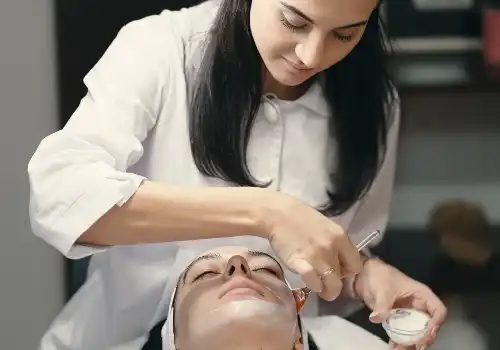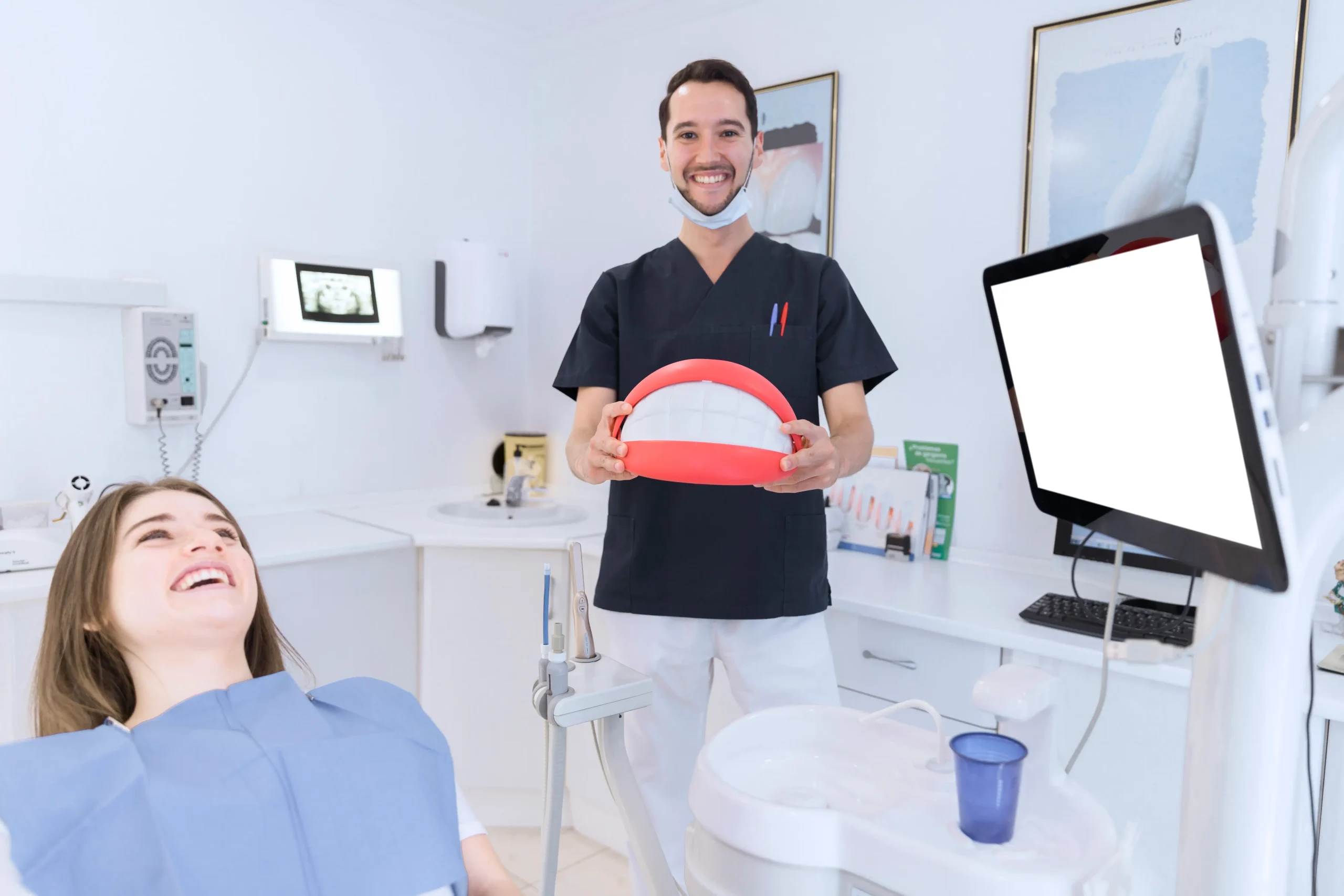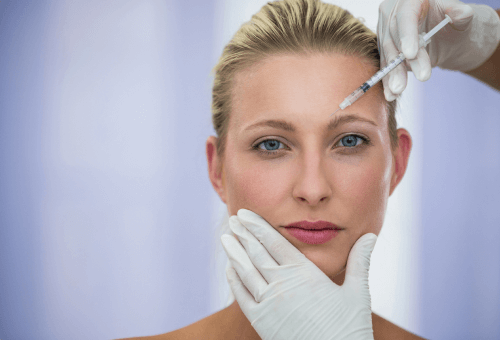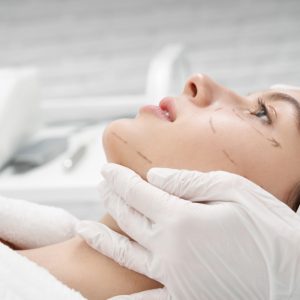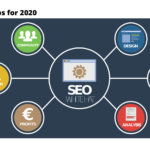SEO, also known as Search Engine Optimization, makes sure your company’s website shows up on page one of search results when someone searches online for services related to your business. The goal of SEO is to understand what your customer is searching for, and therefore understand what your customer wants. When Plastic Surgery SEO is utilized correctly it can help you drastically grow your plastic surgery business and convert more leads.
Why Is SEO Important For Plastic Surgeons and Clinics?
SEO is critical for your business to stay relevant, to stay ahead of your competition, and to grow. Plastic surgery is a competitive field. More competitors are showing up than ever and the internet gives prospective customers a wider search tool for shopping around online. SEO makes sure that your plastic surgery clinic shows up on the first page of search engine results (such as Google) for customers in your area.
When SEO is fully optimized and done correctly, your site provides informative, useful, and trustworthy information for customers.
How SEO Works For Plastic Surgery Websites?
SEO works for plastic surgery websites by focusing highly on targeting specific pages of your website. There are numerous parts to SEO, which include On-Page SEO, Technical SEO, Local SEO, and Off-Page SEO. How well each of these categories is incorporated into your website pages will play an important role in making sure search engines such as Google are satisfied with your page.
On-Page SEO For Plastic Surgery Websites
On-Page SEO is one of the most important aspects of the SEO puzzle, with the primary focus being on the content of each page.
Rich Formatted Content
Rich formatted content is ultimately content that uses the following features throughout your web page based on our customized research:
- Headlines and sub-headers
- Article length
- Optimized images
- Keywords and variations of keywords that are strategically placed throughout the page content
- Links to other content from your site
- Well-written content
Title and Description
The title and description of your web page are usually the first things a reader will notice in a Google search, making them extremely important. It’s also crucial for the title and description to clearly and concisely summarize what exactly your page is about.
Topic Coverage
Topic coverage in SEO requires research to determine which topics are being covered in the plastic surgery field, specifically within your area. What is it that customers are searching for? What topics are they interested in learning more about? SEO experts will be able to determine if it’s Botox, rhinoplasty, liposuction, etc.
Keyword Research
The purpose of keyword research is to make it extremely clear to search engines what the page is about and what the user value of that page is for the keyword. Content, videos, pictures, credentials, and testimonials are all examples of what can be included.
Plastic Surgery Keyword
Research here
Matching Keyword Phrases
Once the keywords are identified, it’s important to place these keywords throughout the content. But they can’t just be placed anywhere – The keyword placement must be strategic. Keywords and relative phrases will need to be placed a specific number of times in different paragraph headers as well as throughout the paragraph text.
Search Intent
Search Intent can typically be placed into two categories, informational and commercial. The intent users have with your keyword phrase will determine what content is included on the page. For example, if the search intent is informational, your page will need to include heavy amounts of detailed content that cover a variety of topics. If the search intent is commercial, your page will need to focus on the purchase or transaction of a product, so this means a lot of product descriptions, pricing, etc.
User Experience
User experience means the page entire experience of your page is easy for users. This includes page speed, web vitals, click depth, and search intent. If your website is fast, easy to navigate, and an overall positive experience for customers, they are more likely to visit your website again.
Page Speed
How fast are your pages loading? The last thing customers want when visiting your website is to sit and wait for content and images to populate.
Web Vitals
This information is the measurable data of how well people are experiencing your site as it relates to speed, stability, and responsiveness. These metrics are based on three primary web vitals known as Largest Content Paint (LCP), First Input Delay (FID), and Cumulative Layout Shift (CLS). Our team will know how to utilize and interpret each of these metrics as it relates to your site.
Click Depth
This is the number of clicks it takes from users to get from your Homepage to another page. The magic click depth number should generally be three, meaning it would take only three clicks for a customer to access your most important content from your plastic surgery homepage. If your page exceeds the ideal number of click depths, Google will consider your page to be difficult for customers to navigate, which will negatively impact your overall SEO ranking.
Search Intent
As previously mentioned, Google views search intent as a very important factor when ranking your company page. The information on your page needs to be matching the search intent of the customers.
Technical SEO for plastic surgery websites
While On-Page SEO focuses on content, Technical SEO focuses on optimizing specific technical aspects of your plastic surgery business.
Schema.org Review Markup
This is done to provide more robust search results for search engines, in addition to helping the search engines further understand the content you are providing on your website.
Page Speed
Similar to how page speed can impact user experience, it can also impact your search engine ranking. Our expert SEO team is able to use a variety of tools to audit the speed and responsiveness of your company’s site and remove any components that might be slowing it down.
Mobile Optimization
How well does your plastic surgery site work on a cell phone? Mobile optimization ensures your site looks and functions perfectly on mobile devices. In fact, many customers will view your site for the first time from their phones. Additionally, some major search engines such as Google use a mobile-first index, which means it will read and evaluate your mobile site before your web browser site.
Image Optimization
How well your website images are optimized is another factor in your SEO ranking. This includes resizing images, selecting the best file format, and choosing the most ideal compression rate (among other factors).
Indexability of the website
Search engines like to follow links on websites. This includes your plastic surgery website and all the other plastic surgery websites on the internet. Then the search engines like to take all the links they find and create an index. The index ranking is based on each search engine’s algorithm. In order for your plastic surgery website to rank well compared to others, it needs to utilize links the way each search engine prefers – this is where our SEO experts can help, making sure your business is using links where it needs to and using them where Google and other search engines prefer.
Crawl Budget
Every search engine uses bots to crawl the content on your page. Basically, they are scanning and evaluating the content of your site and the links you are using (similar to what is described above). Crawl budget is the number of pages a search engine evaluates per day on your site. The more robust your site is, the higher the crawl budget your site will be given, which is exactly what you want for a higher SEO ranking.
Just as the name implies, local SEO for plastic surgery websites attempts to take advantage of various methods for building your company an online presence in the “local” zip code and area.
Google Business Optimization
Businesses are ranking their local presence on Google My Business and/or Google Maps because Google gives these top priority. This is due to the fact people are looking for the closest options versus having to drive somewhere far for service. Therefore, having a Google Business presence will only strengthen your SEO ranking.
Google Business Posts
Similar to the above, having effective Google My Business posts that are in line with what various search engines favor will help your plastic surgery business build a local presence online.
Local SEO for Plastic Surgery Websites
Matching NAP with Google Business
NAP is the contact details of your plastic surgery clinic, including your business name, address, and number. Your NAP listing will need to match exactly what is listed on your Google My Business profile.
Citations
Having some degree of citations throughout your website can help improve your local SEO ranking. Our team can identify which citations should be implemented and where the best place is to incorporate them into your web content.
Off-Page SEO for plastic surgery websites
When it comes to achieving a high rank in major search engines, it’s important to consider off-page SEO factors such as social media advertising and link building. Search engines only want to give users results that provide them with the most value, so search engines consider these entities in algorithms used to rank sites. Having a solid off-page SEO strategy not only increases your site’s rank but will also attract new users to your site from blog post references and mentions on social media.
Backlink
Backlinking is another important part of contributing to your SEO rank that is easy to overlook. Like many other SEO features, it requires a certain level of expertise to be done correctly.
What is a backlink?
A backlink is when another company in your plastic surgery industry links to your website from their website. This shows search engines that your content is relevant, reputable, and has authority in the industry. Backlinking can also be done through social media and blog posts, as well as numerous other methods. Our SEO team can determine which sources are important for you to get a backlink from so that your SEO rank can be further strengthened.
Backlink Strategies
There are several ways backlinks can be added to your website’s content. Business directories, social media, building broken links, and blog posts are some of the most effective methods.
Business Directory Listings
Google and other search engines favor Yelp. So by listing your plastic surgery business and services on Yelp, you’ll achieve a backlink that is held in high regard by Google. Using backlinks from other business directory listings can also be very beneficial.
Digital PR
Using digital PR sources is a great way to build your company’s backlinks. This can include having other companies in your industry sharing your pages on their social media accounts and working with an influencer in your space.
Broken URL Backlinks
This strategy involves creating filler content on your web pages with broken links from your site. This method is essentially trying to trick the search engines into thinking you have been backlinks by other organizations.
Guest Post
One of the most popular strategies for backlinking is having people write guest blog posts for your plastic surgery business. This way they are highly likely to share the content they wrote on their own website or social media page.




















































